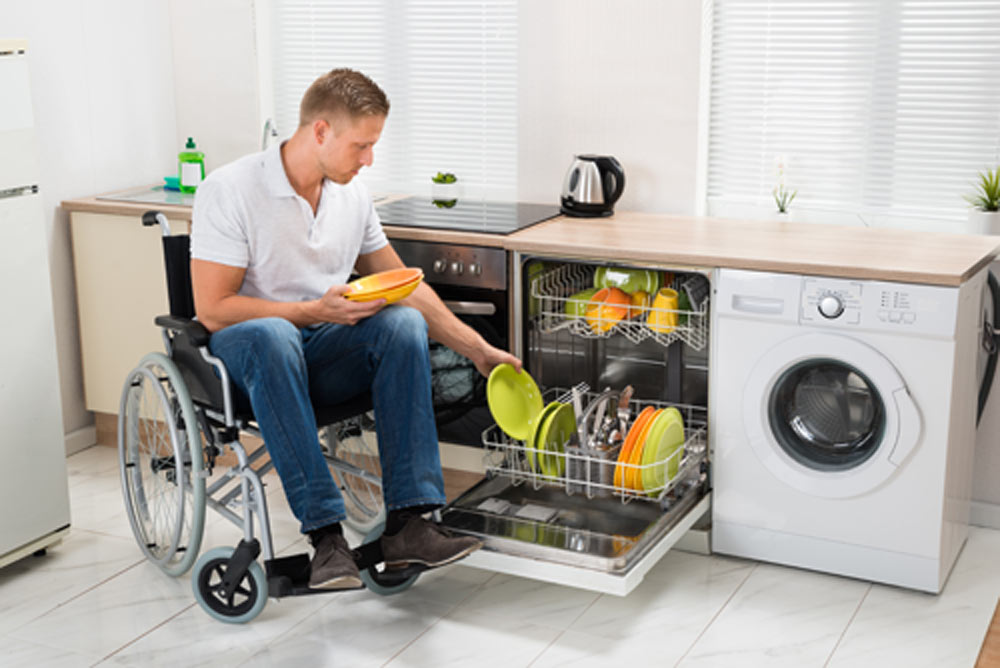According to the charity Scope, there are almost 14 million people in the UK living with a disability. The proportion of those who rent their home is likely to rise. Landlords and housing associations have an obligation to ensure that homes are accessible, if not by design, then by retrofit.
One often overlooked area of accessibility is the appliances. That’s because these are often, quite literally, off-the-shelf, rather than accessible by design. It’s all very well having extra wide door frames and step-free access around a property, but if the resident is unable to operate the washing machine or boiler without challenge, the home isn’t truly accessible.
So in which areas can housing providers seek to improve?
Electrical supply
The electrical supply itself including the consumer unit and fuse box are more often than not located in the dark recesses of a custom-built cupboard, or otherwise located in a hard-to-reach (even for people without accessibility requirements) place.
This is a problem. All tenants should be able to easily and without restriction take control of their electrical supply. Power cuts, blown fuses and even basic troubleshooting all require a resident to perform basic tasks using the controls of the electrical supply. In modern homes, consumer units and fuse boxes are often integrated into the kitchen or hallway wall, accessed by a cupboard door. In older properties, they can be anywhere, from under the stairs (don’t forget ground floor flats have an understairs area) to the back of a cupboard.
This lack of access can not only be inconvenient, it can also lead directly to a reduction in a tenant’s peaceful enjoyment of their home. A nationally representative study by Aspect.co.uk, a property maintenance specialist providing emergency electricians in London, found that 64% of UK residents feel unsettled in their homes due to problems such as unpredictable electrics. The first step in fixing this process for most people is troubleshooting and people with accessibility issues should not be excluded from this.
Physical location
Where a landlord elects to locate certain electrical appliances plays directly into whether that appliance is accessible or not. For example, a wheelchair use may be able to get close to their washing machine, but if they can only approach from one direction - for example if the washing machine is located at the end of a kitchen or by a wall - then the door really must open away from them. If it doesn’t, the user can touch the washing machine but not use it.
Design
Modern appliances and devices are actually pretty good for accessibility. Top end fridges come with touch screens and top end boilers can be controlled remotely, often via a smartphone app. But there’s a lack of supply-side incentive to offer top end appliances in rental properties, especially at the lower end of the market. So tenants with accessibility requirements are often ignored, purely because of a landlord’s buying habits. As smart tech gets cheaper, this should become less of a cost burden on providers.
Controls
Smart tech is more often than accessible-by-design, so where possible landlords should seek to upgrade or renew appliances with versions that come with remote controllability. For example, most utility companies now offer smart meter upgrades for free, so tenants don’t need to go outside or - worse - access the back of a cramped cupboard to take meter readings.
Housing providers who cater to specific accessibility needs more often than not have a good understanding of making a home genuinely accessibility. Across the rest of the market, it’s much more of a game of chance. Awareness and education are the key to making accessibility a design standard in all homes.



